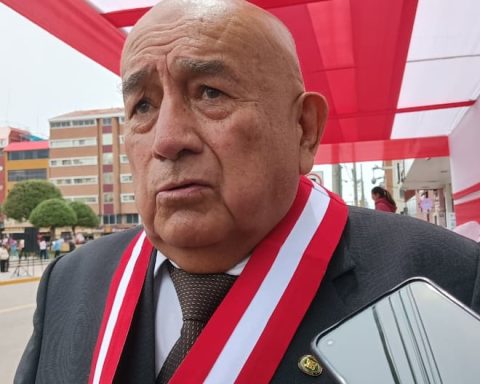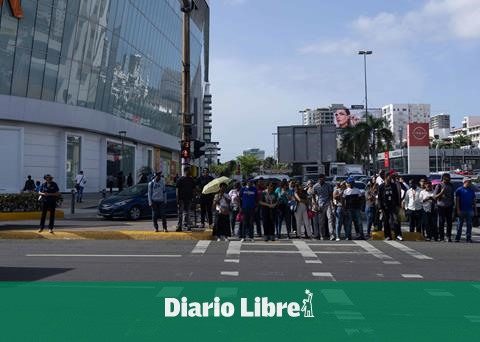
November 29, 2024, 3:00 AM
November 29, 2024, 3:00 AM
This year Latin America experienced important elections that fuel the geopolitical debate in a world that seems divided in two, led by the United States and China. Already with the victory of Donald Trump this year, or that of Javier Milei in 2023, it seemed that the Latin American right would advance, however, this did not happen.
On June 2, Mexico elected its first female president, the leftist Claudia Sheinbaum, with an overwhelming victory of almost 60% of votes for her party, Morena, against her opposition opponent Xóchitl Gálvez, who reached just 27% of the votes. , despite presenting itself as a coalition between the traditional parties PRI, PAN and PRD.
In Uruguay, on November 24, the leftist Yamandú Orsi, from the Frente Amplio, was elected in the second round, winning over the right-wing official candidate, Álvaro Delgado, from the National Party, also known as the White Party. Orsi confirmed his victory, when in the first round he reached 46% of the votes, compared to the 28% obtained by Delgado.
Finally, in Chile, regional elections were held on October 26 and 27, and a second round of governors on November 24, being the only country in which the traditional right gained ground, achieving six of the 16 governorships. However, it was not enough to displace the left and center left, which took over eight governorships. The big loser was José Antonio Kast, the far-right who lost the second round against Gabriel Boric in 2021, since his Republican Party did not achieve any governorship. These elections mark the prelude to the general elections that Chile will experience on November 16, 2025.
It is interesting to see that Latin American voters opt for moderation over polarization, whether they chose to the left, as in Mexico and Uruguay, or the advance of the right in Chile, and leaving aside radicalism, contrary to what What is happening in Europe, where the extreme right with even fascist overtones is advancing strongly.
What do we Bolivians learn from these results? First, we see the MAS going through an internal war between the radicals, led by Evo Morales and the federations of coca growers of the Tropics, and the renewalists, who seek the re-election of President Luis Arce. At this point, a reconciliation ahead of the 2025 elections seems impossible.
On the other hand, the opposition, which brings together sides from all types of the political spectrum, from a moderate center left, center right and extreme right, once again has the difficult task of unifying a single candidacy. Once again we hear among its candidates old politicians from the era of neoliberalism, such as Jorge Quiroga (former ADN and Podemos), Samuel Doria Medina (former MIR and Unidad Nacional), Manfred Reyes Villa (former ADN and NFR), Carlos Mesa (former MNR). On the other hand, we have the extreme right with candidates such as Luis Fernando Camacho, governor of Santa Cruz and businessman Branko Marinković. In the first case, he received a tough defeat in 2020, when he could not achieve any representation outside of Santa Cruz.
In any case, it seems more likely that Bolivian voters will maintain the Latin American trend that shows moderation, today hit by strong inflation that undermines the purchasing power of families. The challenge for politicians is even stronger, in the understanding that once a government begins, whoever wins, it can even further aggravate the current situation.















